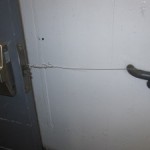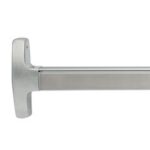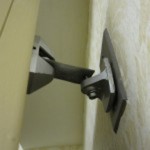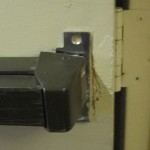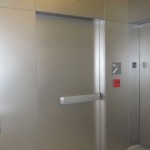Stairwell Doors
I think I've seen so many non-code-compliant doors that I'm becoming numb to them. In the old days I would be spurred into action by the sight of a blocked exit or propped-open fire door. Yesterday I was at the local bagel joint and I saw their marked emergency exit blocked with stored high-chairs. No surprise. I went to my chiropractor's office and in the 3-story stairwell, two doors were propped open by the construction crew doing a 2nd-floor office fit-up, and the third floor door's latchset had been removed and replaced with a push plate and pull. Ho-hum.

